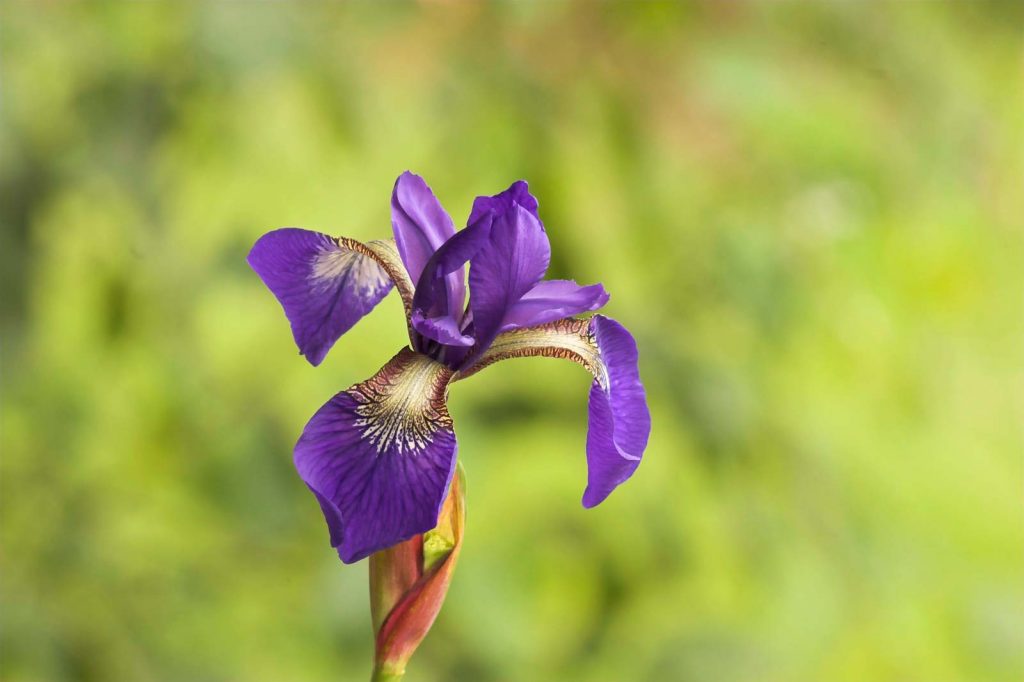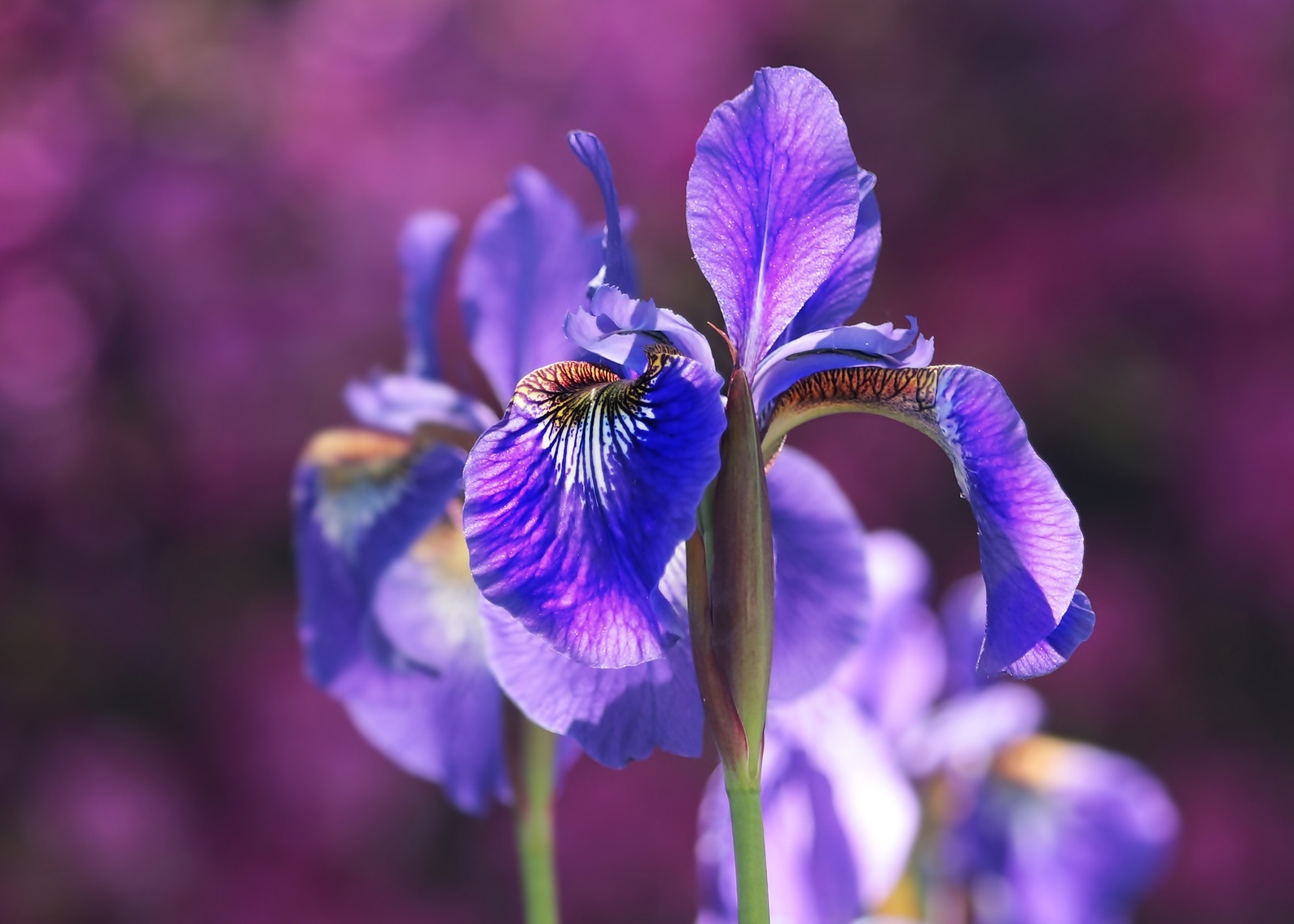Iris is the only flower named after a Greek goddess. Iris was said to have ridden rainbows and was portrayed in many magical colors. Although there are over 300 species of Iris, the most common Iris flower is the tall bearded Iris, and it can reach about 2 to 3 feet in height.
Having Iris flowers in your garden is a beautiful way of improving the aesthetics of your garden, especially in early March when the flowers unfold their pencil-slim buds to reveal their multi-colors. Some varieties of Iris flowers bloom from March to June, and some rebloom in late fall and summer.
Tips For Adding Iris To Your Garden
Plant The Flowers in a sunny spot: Iris flowers must be planted in well-drained soil and require at least 6 hours of daily sunlight. The rhizomes of the flowers are kept dry when the Iris gets a full day of sun (the fleshy rootlike structures at the plants’ base are the rhizomes). The Iris roots need to be well-established before the planting season ends.
Prepare the plant beds: The next thing to do is prepare the plant beds using a low-nitrogen fertilizer. Ensure you apply the fertilizer twice a year. Make the plant beds in a slope or raised bed; this helps ensure the plants get good drainage. If the soil you have is heavy, you can add humus or coarse sand to improve the drainage.
Allow the plants to breathe: Iris plants require good air circulation to grow well, so you should plant them at a minimum distance of 12 to 24 inches apart. If it is the dwarf Irises, you can reduce the space between them, but for taller Irises, increase the space. Planting the flowers closely will cause them to be thinned; they will not be healthy.
Water the plants: Newly planted Iris plants require moisture for their root system to become established. However, your mode of watering the plants is dependent on your soil type and climate. You should remember that it is better to water deeply at long intervals than shallow waterings at regular intervals. Iris does not need to be watered frequently, except in arid areas.
How To Divide Iris
The best time to divide iris is in late summer when the weather becomes cool. The process of dividing Iris is similar to that of other plants that produce rhizomes. First, dig up the clumps with a spade or garden fork, be careful not to chop into the rhizomes. After digging up the clumps, pull the rhizomes apart with your hands to divide them. You may need to use a sharp knife in some cases.
The next thing to do is to wash off the soil from the rhizomes and check each one for Iris borers. If you find a borer in any, destroy the rhizomes to keep them from spreading. Next, cut off the leaf blades so they are between 4 to 6 inches long, and replant each division in the plant bed. Space the plants 12 to 18 inches apart and water them well.
Best Iris Flower Varieties
Some of the best Iris flower varieties you can add to your garden are Bumblebee Deelite Dwarf Iris, Perfect Pitch Iris, Rebecca Perret Iris, Ozark Dream Dwarf Iris, Gallant Moment Iris, and Latin Hideaway Iris.
Conclusion
If you have always assumed that the bearded Iris was only purple or blue, you have been wrong all this while. The bearded Iris come in a variety of colors, and they will beautify your garden.

